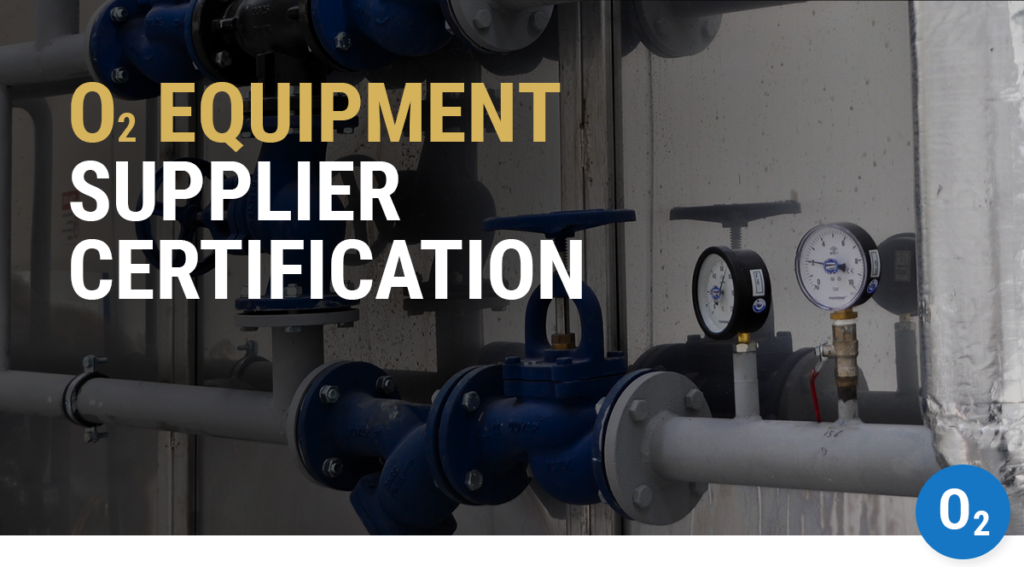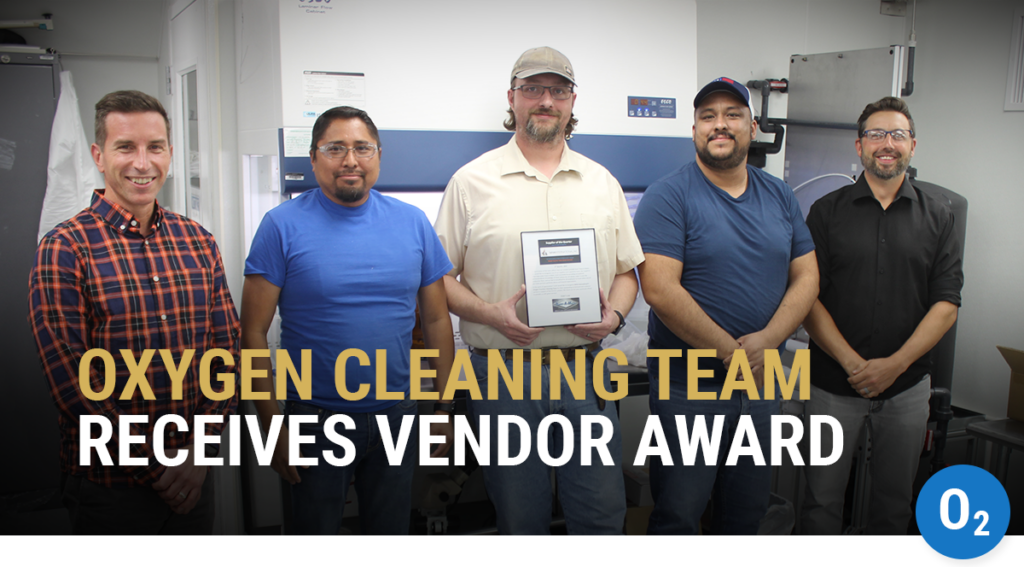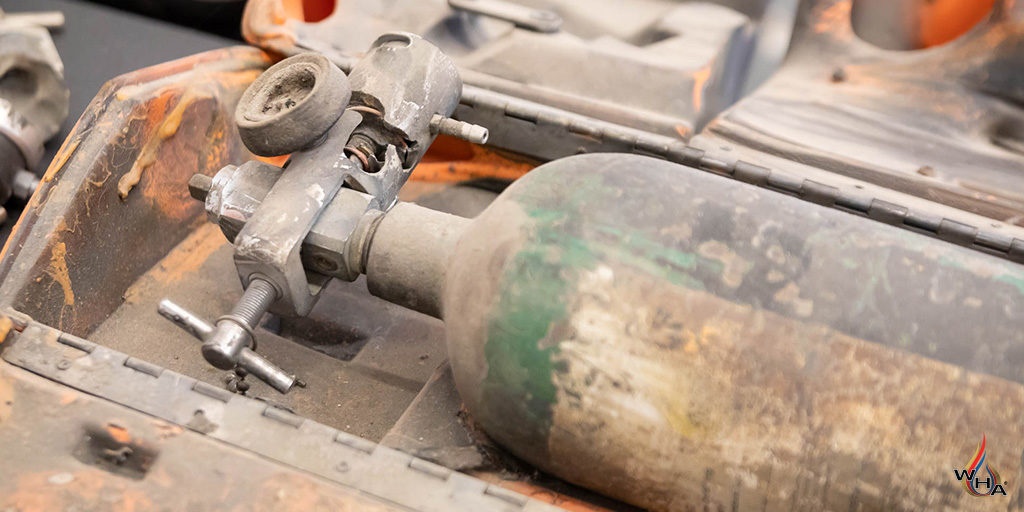Industry Spotlight: Hyperbaric Oxygen Safety
Of all the applications for medical oxygen, hyperbaric oxygen (HBO2) chambers present some of the most complex challenges. In hyperbaric medicine, high concentrations and elevated pressures of oxygen are in direct contact with electronic components and — most importantly — people, giving and receiving treatment. This combination of factors presents unique risks and has driven several innovations here at WHA International.
What is hyperbaric medicine?
Hyperbaric oxygen therapy is a treatment in which patients receive concentrated oxygen (usually 100%) at elevated pressures (commonly two to three atmospheres). This treatment is delivered in a special hyperbaric chamber large enough to hold a patient (monoplace) or multiple patients (multiplace). Some are of a rigid design, while others are flexible. Most monoplace chambers appear as a horizontal tube with room enough for the occupant to lie down inside.
This pressurized, high-concentration oxygen therapy is an important treatment for a number of conditions, including embolisms, carbon monoxide poisoning, decompression sickness, burns, severe wounds, neuro-rehabilitation, and more.
What hazards are associated with hyperbaric oxygen?
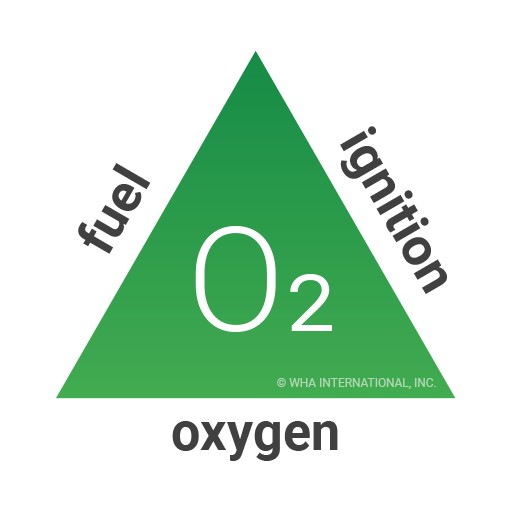
In oxygen safety training, we often reference the oxygen fire triangle, which states that three elements are required for any fire to begin: a fuel, an oxidizer, and an ignition source. We find two factors are readily available in hyperbaric oxygen.
First, hyperbaric chambers incorporate a variety of flammable materials that can become fuel for a fire. While manufacturers and operators may emphasis fire-resistant materials, almost all nonmetals in the chamber (for example the chamber materials which can include plastics and rubber materials, as well as the bed sheets, wound treatment products, and people) are still considered flammable in hyperbaric oxygen conditions. The challenge is that in pressurized oxygen environments, materials ignite more easily and burn more rapidly than they do under normal atmospheric air conditions.
Of course, the oxidizer needed for a fire is always in supply in a hyperbaric chamber as oxygen is actively delivered into the chamber during use.
Finally, the last factor needed to support a fire is the ignition source. In a hyperbaric chamber, ignition sources are rare but can include electrostatic discharge, exothermic reactions, frictional heating, electric arcing, electric heating, or other energy sources.

Why is hyperbaric oxygen safe?
To maximize safety, the HBO2 community relies on reducing the severity of ignition mechanisms and improving the ignition resistance of materials. Although the hazards are generally known and there are many measures in place to mitigate ignition (e.g., NFPA 99), there has historically been a lack of applicable data and guidance to direct the design and materials used in this setting.
“Wound-care product manufacturers have various testing options available to support their qualification of materials for hyperbaric service. We can help determine which testing and evaluation options are best suited based on their product, applications and customers.”
Gwenael Chiffoleau, WHA International, Inc.
Over the last decade, partially due to some fire incidents in hyperbaric chambers, the HBO2 industry has become more intentional about understanding the oxygen compatibility of chamber designs, as well as wound care products and other materials used in hyperbaric medicine and research. As a result, WHA has been consulted to perform oxygen hazards analyses on these designs, as well as to perform various types of oxygen tests for several manufacturers of materials intended for HBO2 service.[i][ii] These tests include:
- Autogenous Ignition Temperature (AIT): Minimum ignition temperature at which a material self-ignites in oxygen at specific conditions. (ASTM G72)
- Heat of Combustion (HoC): Amount of combustion energy released per unit mass (ASTM D4809)
- Oxygen Index (OI): Minimum concentration of oxygen that supports self-sustained burning at atmospheric pressure. (ASTM G125)
- Oxygen Exposure Test: Subjects a sample to severe HBO conditions and monitors for exothermic activity and mass loss. (Custom WHA test)
WHA is not aware of any standards or regulations that require these tests, so the selection of tests is the manufacturer’s discretion. The only reference to these tests in a specific HBO2 standard is NFPA 99 Health Care Facilities Code which indicates that ASTM G72 can be used to determine the AIT of materials intended for a hyperbaric chamber (NFPA 99, Annex A, section A.14.3.1.6.4.3). You can read more on each of these recommended tests below.
1. The Autogenous Ignition Temperature (AIT) for HBO2
This test was developed through a recent WHA collaboration with theUndersea & Hyperbaric Medical Society (UHMS) and ASTM International Committee G04 (Committee G04 on Compatibility and Sensitivity of Materials in Oxygen Enriched Atmospheres) to develop a test approach to measure the ignition temperature of nonmetallic materials specifically in hyperbaric oxygen (HBO2) conditions. This led to the modification of an existing ASTM test standard: ASTM G72.[iii]
Although there is no pass/fail criteria listed in either ASTM G72 or NFPA 99, customers who perform this test will often compare the results of their materials with those of materials currently being used in HBO2.[iv] This comparative approach can also be performed with the Heat of Combustion and Oxygen Index (OI) Tests described below.
2. The Heat of Combustion (HoC) test
This is a standard test used to evaluate the amount of combustion energy produced when a material burns in 100% oxygen. It is an important material property to understand, especially when evaluating the ignition consequence of a risk analysis. There are guidelines in NFPA 99[v] (Figure A.14.3.1.6.4.3 Risk Assessment Process) which suggest a process for performing a risk assessment of an item before qualifying it for HBO2. The HoC can be used to evaluate the “too much fuel?” question in this Risk Assessment Process.
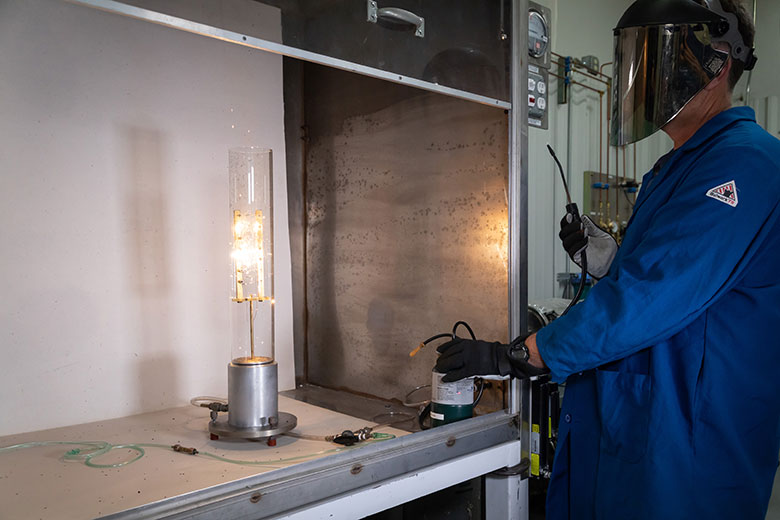
3. The Oxygen Index (OI) Test
This is a flammability test which determines the minimum oxygen concentration at which a material will support burning at atmospheric pressure. This test has shown that most wound care dressings and other nonmetallic materials used in HBO2 are clearly flammable at HBO2 conditions which are more severe than standardized atmospheric pressure conditions used in this test. However, the test can still provide valuable relative flammability comparisons between materials.
4. The Oxygen Exposure Test
This custom test was also developed by WHA, and has been used to test both materials and components in HBO2 conditions. It is not a test recognized by a standards body but has become a WHA standard test. It was developed in response to a customer’s need to experimentally expose their materials to severe HBO2 conditions to support their justification for use in HBO2. The test is performed as follows:
- A test article is placed in the test chamber (approximately 6” diameter by 1.5’ long)
- The chamber is pressurized to 3 atm with oxygen
- The chamber and test article are heated to 60 degrees Celsius
- These conditions are held constant for 6 hours and monitored for any temperature increases that may indicate exothermic activity with the test article. Mass loss is also measured.
There are no pass/fail criteria for this test, but WHA believes it generates important data to consider before placing a new item into HBO2 with a patient. The guidelines in NFPA 99 (Figure A.14.3.1.6.4.3 Risk Assessment Process) include answering questions such as “does the material produce heat?” and “does the material have a low flash point?” which can be related to the measurements in the Oxygen Exposure Test (i.e., temperature increase and mass loss).

Which Tests Should You Use?
Although there are several options to evaluate the oxygen compatibility of materials, WHA can help guide customers to choose the most applicable testing for their needs and help qualify their materials for HBO2 service. We have decades of experience, informed by failure analyses on HBO2 systems, as well as years of hazard analysis and testing data.
[i]S. F. Bernatchez, J. Tucker, and G. Chiffoleau, “Hyperbaric Oxygen Therapy and Oxygen Compatibility of Skin and Wound Care Products,” Advances in Wound Care, Wound Healing Society, 2017.
[ii]D. McCord, J. Fore, B. Newton and G. Chiffoleau, “Selection of Skin Care Products for Use in Hyperbaric Chamber May be Dependent Upon Flammability Acceptability Index Score,” presented at the 40th Annual UHMS Scientific Meeting, 2007, Advances in Skin & Wound Care, 2008
[iii]Chiffoleau, G., R. Barry, B. Newton, and N. Linley, “Autogenous Ignition Test Approach for Hyperbaric Oxygen (HBO2) and Other Low-¬Pressure Oxygen Applications,” ASTM STP 1569, Flammability and Sensitivity of Materials in Oxygen-Enriched Atmospheres: Fourteenth Volume, ASTM International, 2016.
[iv] Barry, R. (2018, October). Material Safety Testing. PowerPoint Presentation presented at the Undersea and Hyperbaric Medical Society’s Northeast Chapter Meeting; Atlantic City, NJ.
[v] NFPA 99, Health Care Facilities Code, 2018 Edition, National Fire Protection Association
Share this entry
Related Articles
WHA Launches Oxygen Equipment Supplier Certification Program
Ignition and combustion hazards are present in almost all oxygen and oxygen-enriched systems, and catastrophic fires have…
Oxygen Cleaning Service Team Receives Vendor Award
WHA’s oxygen cleaning service team recently received recognition from its client, Trace-A-Matic, for excellent service in a…
Oxygen Cylinder Safety
An oxygen tank, or “oxygen cylinder,” is a pressurized container that stores and transports oxygen in its…
Request an expert
consultation
Contact us to request a free consultation with an experienced engineer who can help you better understand your needs and our solutions.

